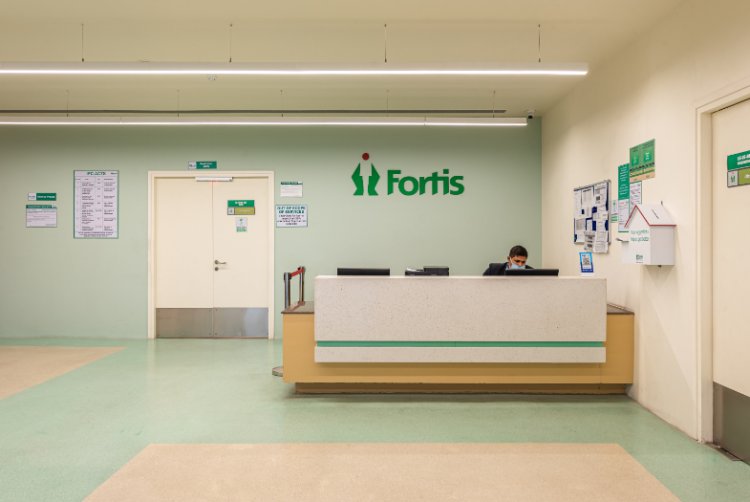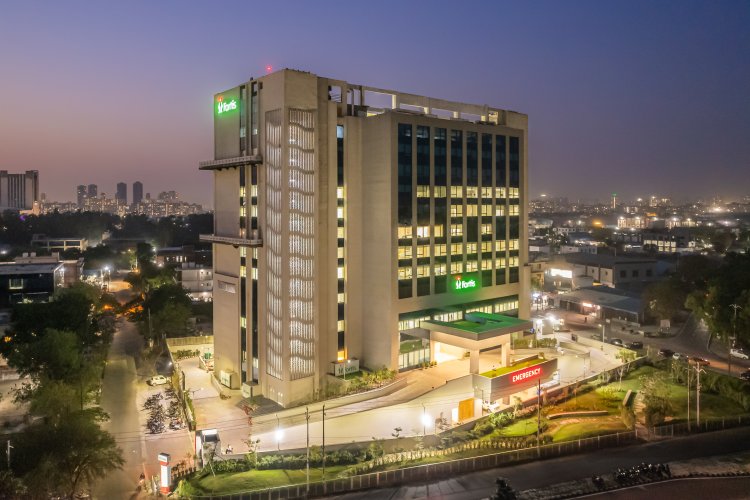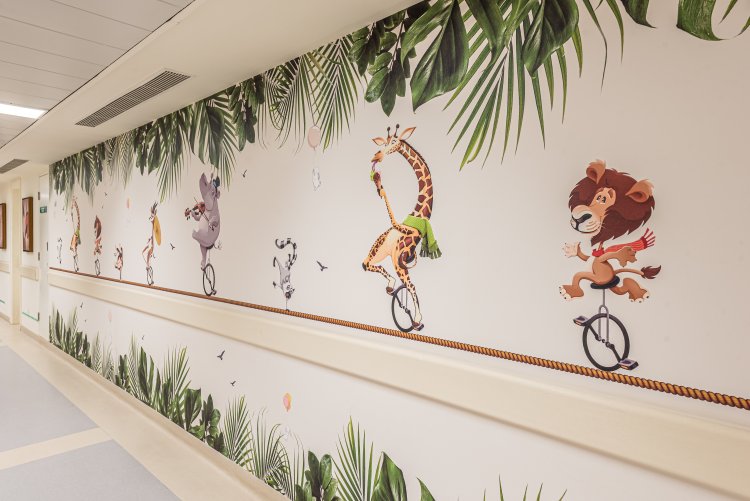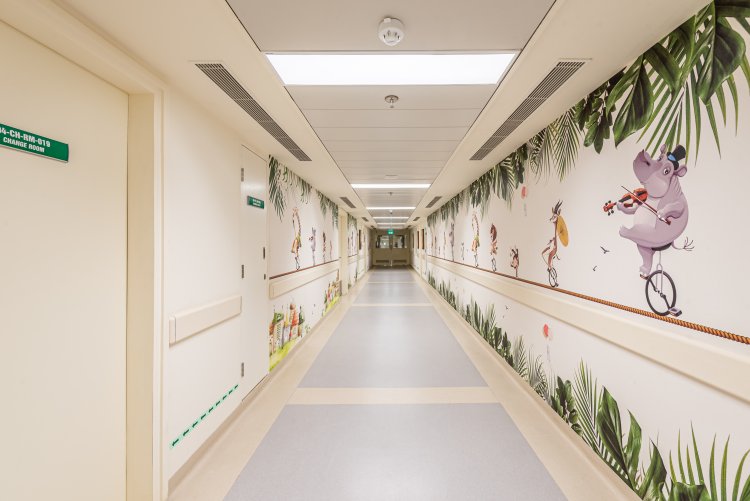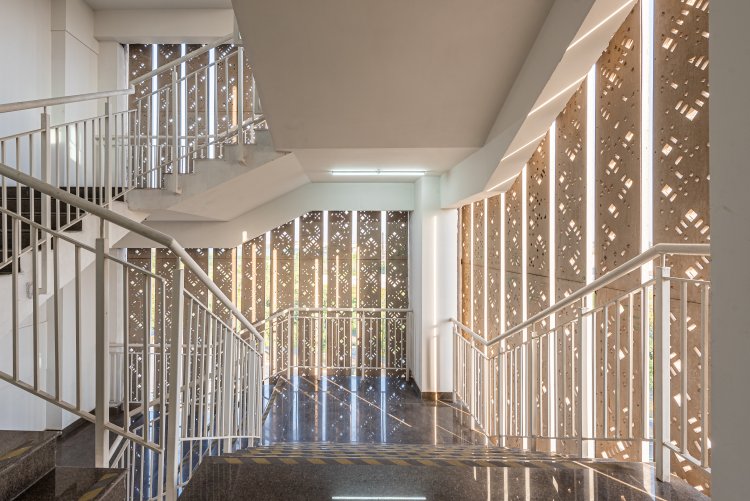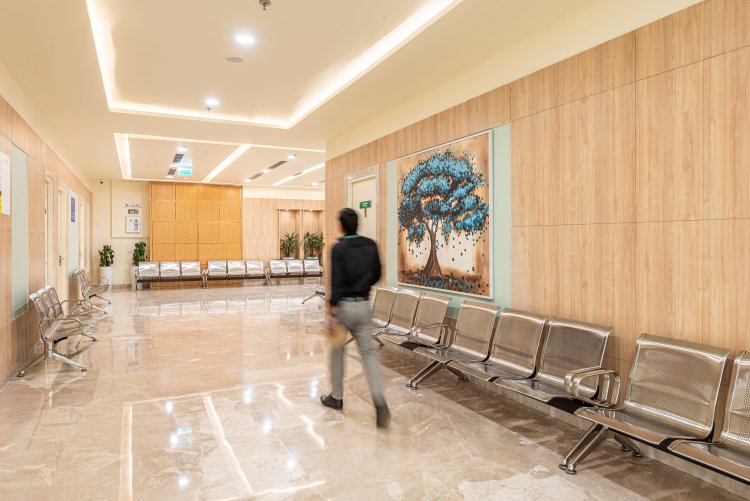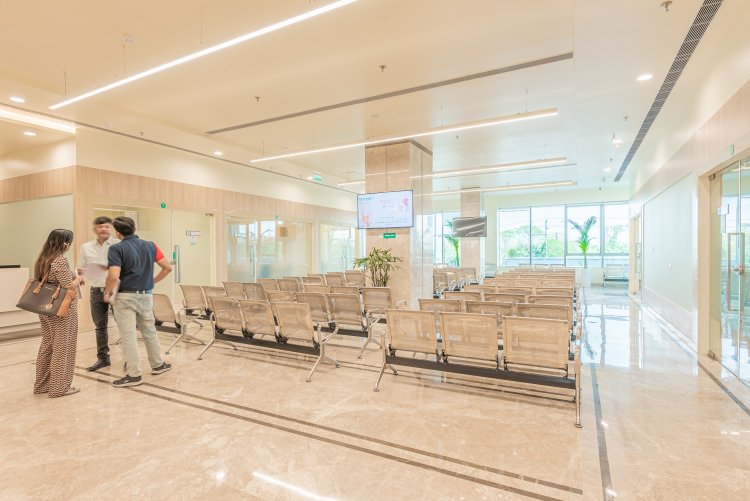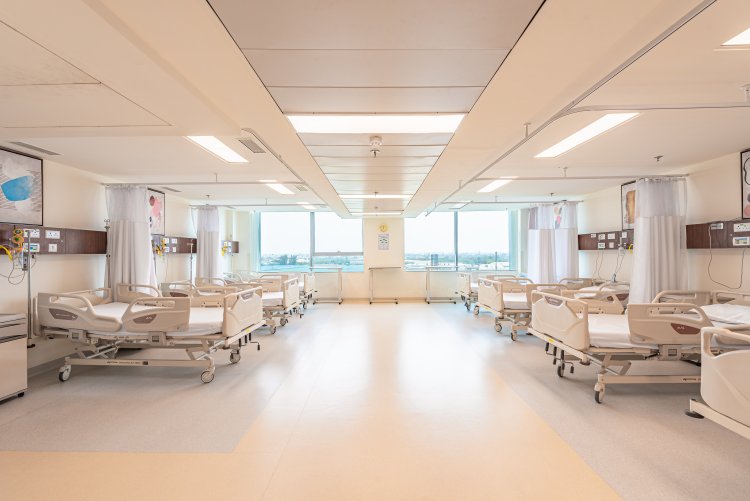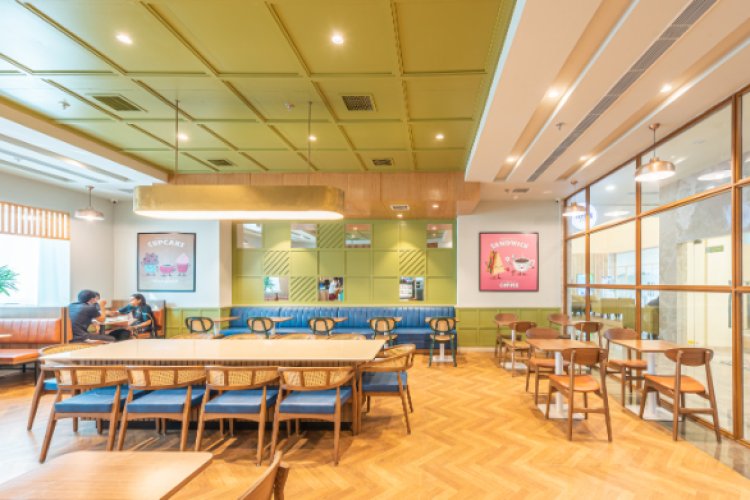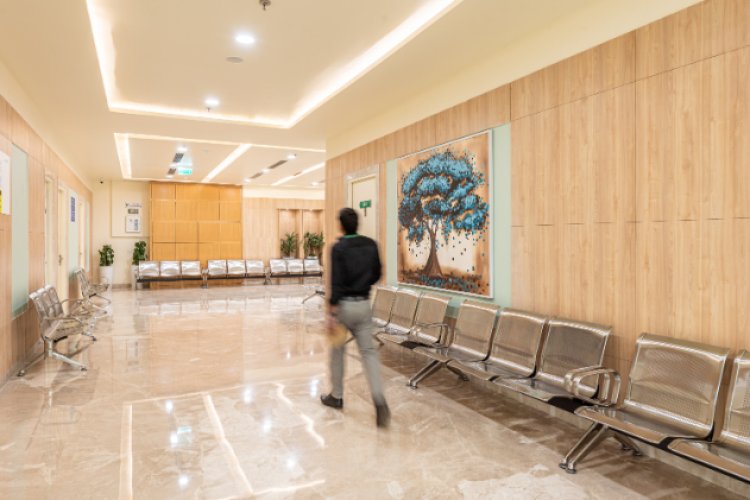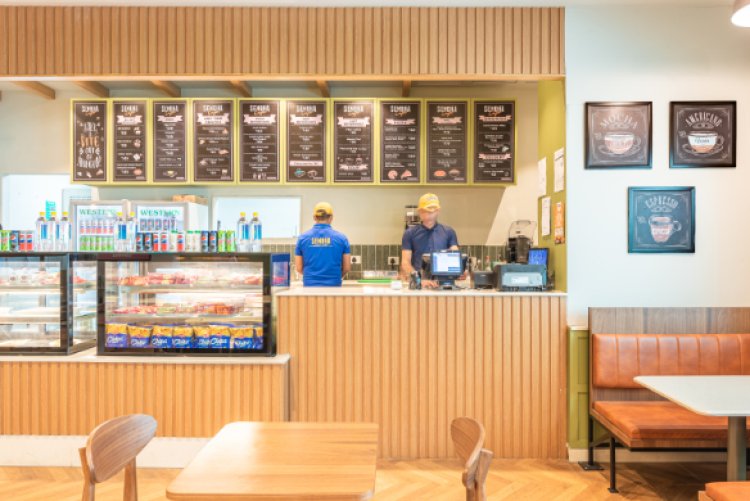Fortis Hospital, Greater Noida
Fortis Hospital in Greater Noida stands as a beacon of progress for its innovative response to a critical regional need: healthcare accessibility. This 300-bed multi-speciality marvel was elegantly transformed from a hotel. Spacious patient rooms bathed in natural light, thanks to clever repurposing of the existing structure. This isn't just a hospital; it's a testament to resourcefulness and environmental consciousness. But the true heart of the Fortis Hospital lies in its patient-centric design. Convenient separate entrances for visitors and emergencies, seamlessly flowing layouts that prioritise patient comfort, and cutting-edge technology like occupancy sensors and a central building management system all ensure peak efficiency and a focus on well-being. And when it comes to preparedness, Fortis Hospital Greater Noida is future-proof. Its design allows for effortless expansion, which is crucial for a growing community and essential for addressing potential healthcare challenges.
From a Hotel to a State-of-the-Art Multi-Speciality Hospital - Fortis Hospital, Greater Noida
In the dynamic landscape of healthcare infrastructure, the 200,000 SF Fortis Hospital in Greater Noida shines as a beacon of innovation and adaptability. This project successfully repurposes an erstwhile hotel into a cutting-edge 300-bedded multi-speciality hospital, epitomising a harmonious blend of architectural ingenuity, sustainability, and patient-centric design. Positioned in the densely populated neighbourhood of Greater Noida, this hospital caters to the full spectrum of integrated healthcare services and addresses the healthcare deficit in the region, fulfilling a crucial need for the local population.

The Existing Structure: A Hotel Reimagined
Initially designed as a hotel, the original structure offered a standardised structural grid, affording immense flexibility for internal planning and reconfiguration. With a generous 13-feet floor-to-floor height, the design seamlessly integrates MEP (Mechanical, Electrical, and Plumbing) services into the ceiling while maintaining spacious 9-foot ceiling heights for patient comfort. A precise understanding of existing site data and variations from construction documents proved essential in the transformation process. Utilising a 3D scan to create a digital twin of the building in point cloud format became the foundation for the proposed design.
Sustainability and Energy Efficiency: A Green Approach
The hospital's design embraces solar passive principles, prioritising abundant natural light and minimising heat gain through high-performance glazing, reducing reliance on electrical and HVAC systems. The facade design is aligned with climatic orientation – the northern facade features a higher window-wall ratio, reducing artificial lighting needs and minimising the hospital's carbon footprint. The design aspires to attain a LEED certification for operations and maintenance, a sustainability standard USGBC offers for existing structures.
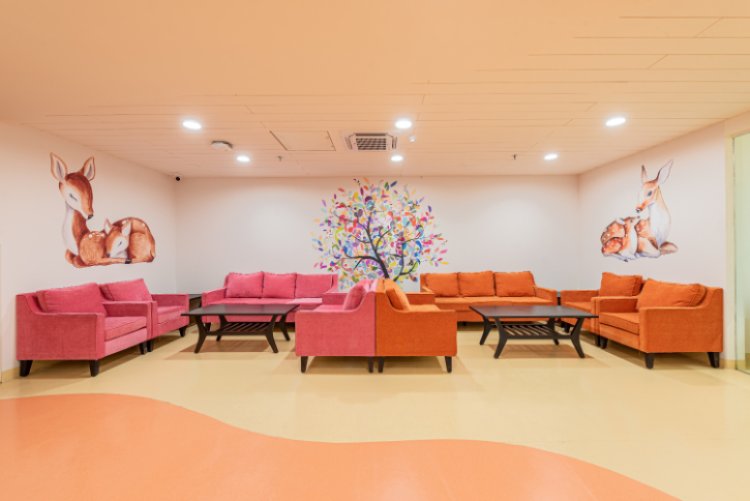
One of the key highlights of this building is the facade, which is designed to ensure minimal disturbance to the existing design of the facade while curbing the heat gain. The existing building envelope had a full-glazing whereas the new façade is altered to make the glass opaque with insulation while ensuring a functional aesthetic on the outside.
Optimised Layout for Functional Efficiency
Fundamentally, from a medical planning perspective, transforming the existing structure into a functionally optimised facility is based on a patient-centred approach and evidence-based design principles. The various departments are strategically planned with an open floor plate with service cores at both ends, allowing maximum flexibility in planning in-patient and outpatient departments across various floors. Separate entrances for visitors and emergencies on different floors cater to various arrival modes and ensure patient rooms enjoy natural light and outside views. The facility planning ensures seamless transition of patients, hospital staff, and visitors throughout the facility.

Simultaneously, the requisite mechanical, electrical and HVAC provisions appropriate for medical space planning and compliant with various national and international standards of fire safety, patient care, health and well-being, such as NBC, ASHRAE, NABH, JCI, etc., have been incorporated in the design.
The project also uses technology like a network of occupancy and daylight sensors and a centralised Building Management System (BMS) for enhanced efficiency in energy use and predictive maintenance.
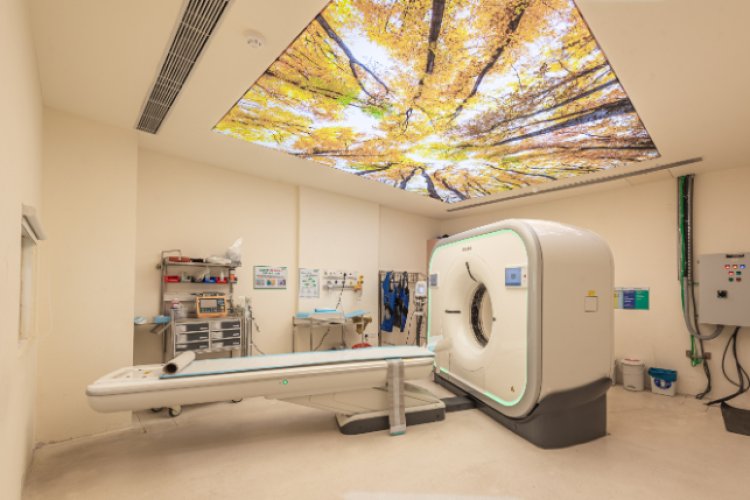
Future Expansion: Adapting to Evolving Needs
With the ever-increasing population, hospitals need to be prepared for future expansion – also an important factor of disaster preparedness and pandemic-proofing. The forward-looking vision for Fortis Hospital includes plans to expand by adding in-patient floors on the top three levels, ensuring adaptability to changing healthcare demands.
A Benchmark for Healthcare Architecture
The Fortis Hospital transformation project serves as a testament to the potential of adaptive reuse, where an existing structure has been repurposed to fulfil the healthcare requirements of a growing community. Its unwavering commitment to sustainability, patient well-being, and innovative design solutions sets a remarkable benchmark for the future of healthcare architecture.
